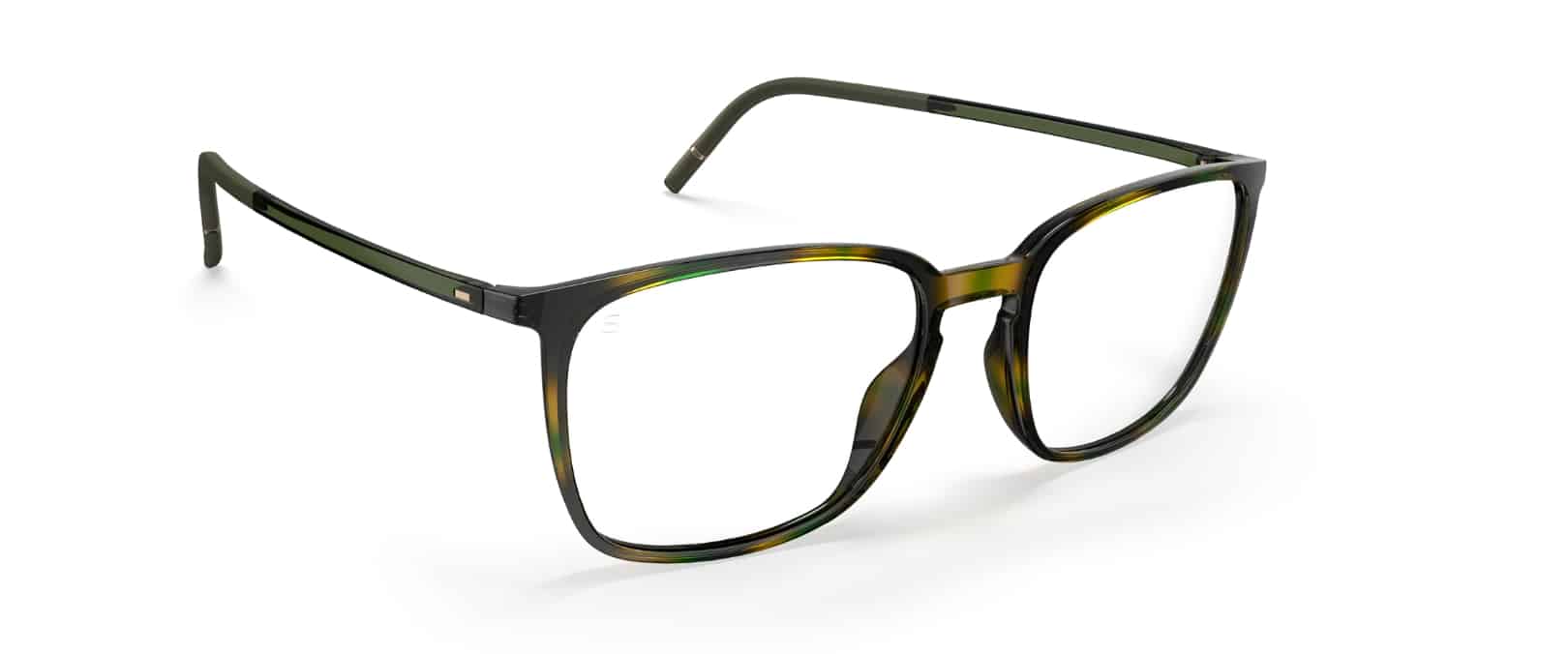Visual Cortexes Can Process Natural and Artificial Information
Wednesday, March 4 2020 | 11 h 03 min | Vision Science
Professor and Researcher Daniel Palanker at Stanford University developed an artificial retina out of tiny electrodes smaller in width than a human hair. Researchers carried out a study in which a prosthetic retina was implanted into rodents to see if the brain can process both natural and artificial information to restore vision. The results were fascinating.
In the study, published in the journal Current Biology, researchers from Israel’s Bar-Ilan University and Stanford University found evidence for the first time indicating that the brain can integrate natural and artificial signals to process information needed for vision. This study will be important in treatment to those with macular degeneration, which is the number one cause of blindness in the North America.
“We wanted to see how the brain is able to combine the two kinds of information, because it can provide us insight which is important for improving the restoration of sight in blind patients,” said Prof. Yossi Mandel, head of Bar-Ilan University’s Ophthalmic Science and Engineering Lab and the study’s lead author. This research can lead to ways to restore vision in patients with vision loss due to Age related macular degeneration (AMD), which is the leading cause of blindness in North America.
”The visual cortex in our brain processes the information from the retina, and we wanted to find out if the brain was able to process and analyze and integrate the information coming from both the prosthetic retina and natural retina,” he said. “This will enable the implanted person to see, even if part of the information was coming from an artificial chip.”
During the study, the researchers implanted rodents with the retinas like those created for humans and studied the activity of the brain. “What we found is that the basic processing (abilities) of the visual cortex are preserved, and it is able to combine the artificial and natural signals, just as it does when both signals come naturally, when people have natural eyesight,” said Prof Daniel Palanker of Stanford University.
This is exciting research for future advancements in vision restoration for those suffering from blindness. The study will help in the development of products that can help people with blindness caused by retina damage. In addition, “this information may be useful for “potentially other applications because, in a way it is a sort of human-machine interaction,” with the machine part being the prosthetic retina.








